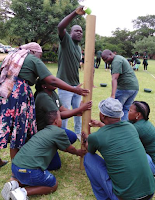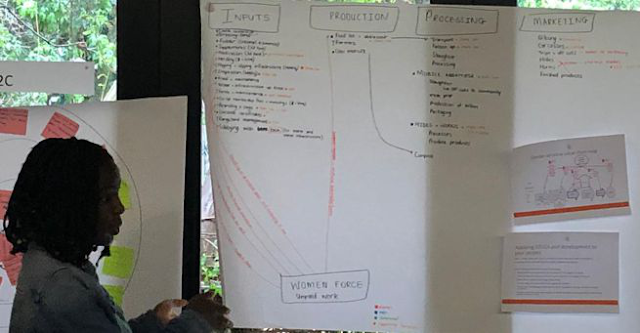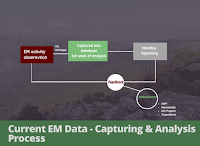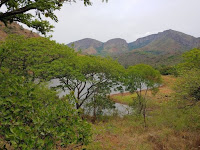Wildshots Outreach Workshop

Written by; Mpho Lavhengwa They say a picture is worth a thousand words; Mike Kendrick who runs the Wildshots Outreach programme helped the K2C EMs bring those words to life through a two days’ workshop that took place at K2C in November. The workshop entailed basic rules of photography, camera features and their uses, freezing and blurring a picture and using the rule of thirds to capture images. Each lesson included a practical session where the EMs tried out the skills they had just learned. Mike taught the EMs how to take great pictures that would draw and direct the eye of the viewer on the photograph. He encouraged the EMs to break free from traditional ways of capturing photos and break the rules of photographs in order to take captivating wildlife pictures that tell a story. The workshop was wrapped by an opportunity for the EMs to put their hard learned skills to good use through a game drive at Leadwood Big Game Estate. It was an amazing and fun experience fo











